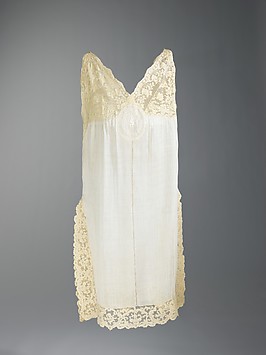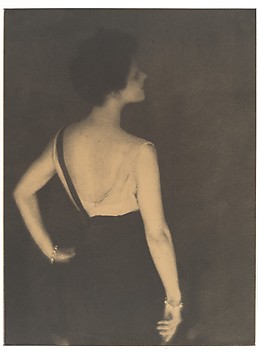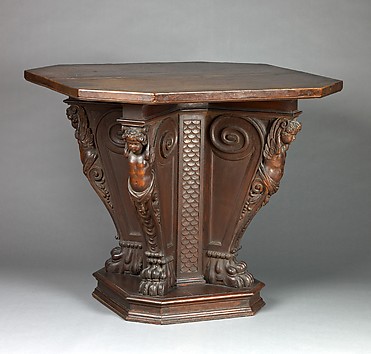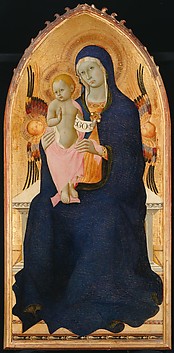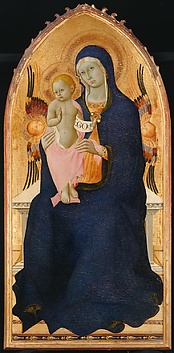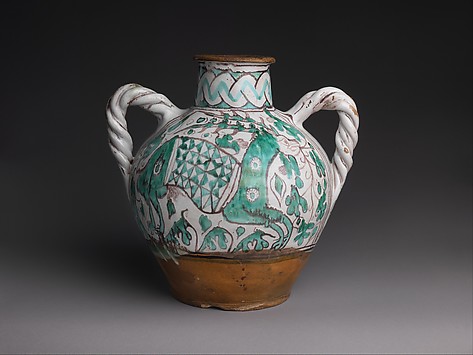The sprawling geographic region that is Island Southeast Asia comprises more than seventeen hundred islands, including the modern nations of the Philippines, Indonesia, Brunei, and eastern Malaysia. A common language and culture may at an early time have unified the peoples of this vast region, and in spite of the impact of colonialism and extensive contact with four of the world's great religions, a commonality remains. The visual arts powerfully illustrate this tenacious unity. The Fred and Rita Richman Collection in The Metropolitan Museum of Art, New York, is an impressive assemblage of the art of these myriad islands. Many of the art forms represented no longer survive, and those that do are seldom created in their original social and religious context,making the work a valuable record of an irretrievable past. Made in the late nineteenth and early twentieth century, the art in the collection represents a dynamic period in Southeast Asia's history, during which mercantile exploits gave rise to social, political, and economic changes. The art of Island Southeast Asia is thus one of continuous change. Nevertheless, because of shared ethnic, linguistic, and cultural sources, different forms of artistic expression remain formally and conceptually related, and while the meanings given to similar art forms and their stylistic renderings vary, the concepts they reflect are universal. Broadly stated, the art addresses two fundamental concerns, fertility and protection. Four important images evoke these themes: the seated human figure, the omega-shaped mamuli ornament, the water buffalo, and the naga serpent-dragon. The works, many rendered powerful by natural and supernatural forces, visually conjoin spirit worlds and island realms.







